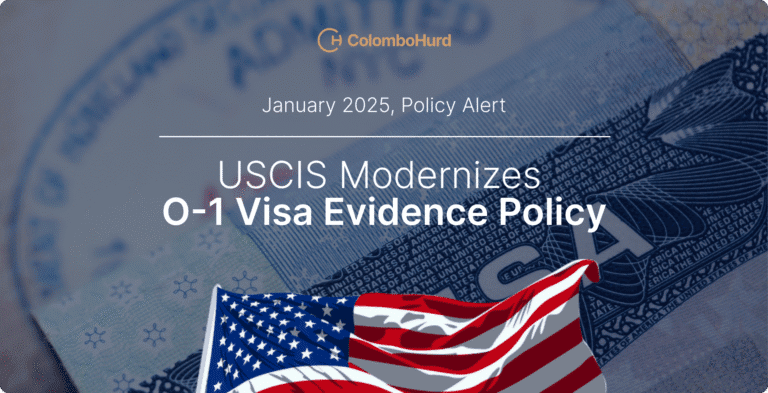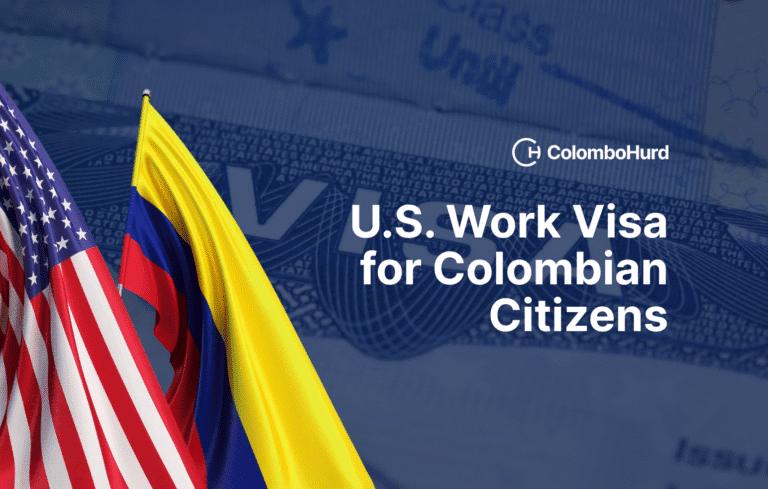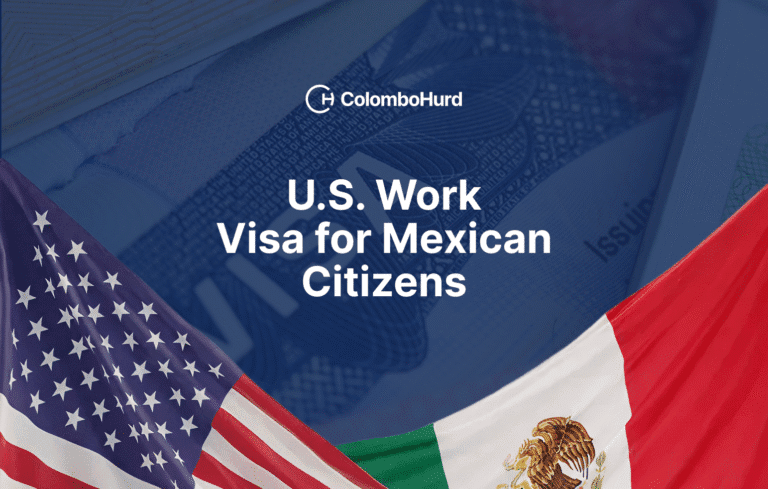On January 8, 2025, the U.S. Citizenship and Immigration Services (USCIS) issued guidance in the USCIS Policy Manual updating how it evaluates evidence to determine O-1 visa eligibility.
This new guidance includes examples of evidence for O-1 applicants in artificial intelligence and other critical and emerging technologies. The guidance addresses a 2023 Executive Order on the Safe, Secure, and Trustworthy Development and Use of Artificial Intelligence, which calls for modernized immigration pathways for experts in AI and other critical and emerging technologies, including for O-1A nonimmigrants.
Overall, these updates provide greater flexibility for entrepreneurs and for those working in technological fields and include examples of accepted evidence for showing O-1 eligibility.
Read on for a breakdown of what the latest updates to the O-1 visa requirements mean for prospective applicants, especially those working in critical and emerging technology fields.
Key Updates to USCIS Guidance
The first update is that separate legal entities owned by the beneficiary can file on behalf of the beneficiary.
Under the new O-1 visa USCIS guidance, the agency explains that while O-1 visa beneficiaries are still not eligible to submit their own petitions, a separate legal entity, such as a corporation or limited liability company (LLC) owned by the beneficiary may file a petition on their behalf.
Prior to this update, O-1 visa applicants had to rely on employers or agents to file their petitions for them. With this new guidance, entrepreneurs, technology startup founders, independent contractors in creative fields, or small business owners can have greater control over their immigration process.
The updates also revise the evidentiary criteria for O-1A and O-1B nonimmigrants, including adding new guidance on U.S. government agency support.
The new guidance updates evidentiary criteria for O-1A (extraordinary ability in sciences, education, business, or athletics) and O-1B (extraordinary achievement in arts or the motion picture and television industry) categories, and explains additional evidence that can be submitted by applicants, especially those working in critical fields like artificial intelligence, cybersecurity, and green technology.
Examples of this evidence may include research publications and patents, government or industry awards, the recognition of achievements by U.S. government agencies or scientific journals, and media coverage of the work.
USCIS also provided examples of supporting documentation from interested U.S. government agencies. This evidence can include letters or documentation from interested U.S. government agencies recognizing the beneficiary’s expertise and acclaim, or evidence that the agency funds the beneficiary or their work.
For example, government agencies may provide support for STEM research initiatives funded by a U.S. government grant or stipend, entrepreneurs or founders of startup businesses that have received funding from government entities, or academic departments that have received government research grants.
The new guidance provides transparent examples of occupational changes within technological fields.
The guidelines address changes in an applicant’s role or occupation within a technological field. USCIS will now consider acclaim and recognition for achievements in multiple related occupations. They explain that the “area of extraordinary ability” extends to occupations with shared skillsets.
For example, a STEM professional who transitions from a technical role to a leadership role, such as a software engineer being promoted to Chief Technology Officer or an academic researcher beginning work in the private sector, will be considered to be working within the same area of extraordinary ability.
USCIS adds new limitations to extensions of stay.
The updates provide insight on O-1 visa renewal requirements and when USCIS may limit an O-1 visa extension to 1 year instead of the usual 3 years. The extension is limited to 1 year when the beneficiary is working on the same project or event, such as research in the same capacity and involving the same activities, for which they originally received their visa. If the extension is requested for a new event or activity, such as a different phase or trial for the same research, the USCIS can grant an extension of up to 3 years.
Regardless of the length of extension, there is no limit to the number of extensions the USCIS may approve for the same beneficiary.
These updates affect O-1 applicants, especially those in science or technology.
Through these updates to the O-1 visa program, USCIS is making immigration pathways for experts in artificial intelligence and other critical and emerging technologies more accessible. The updated guidance allows newer and more specialized evidence to demonstrate extraordinary ability.
For further guidance on these new updates and a free evaluation of your O-1 visa eligibility, consult the experienced immigration professionals at Colombo & Hurd.





